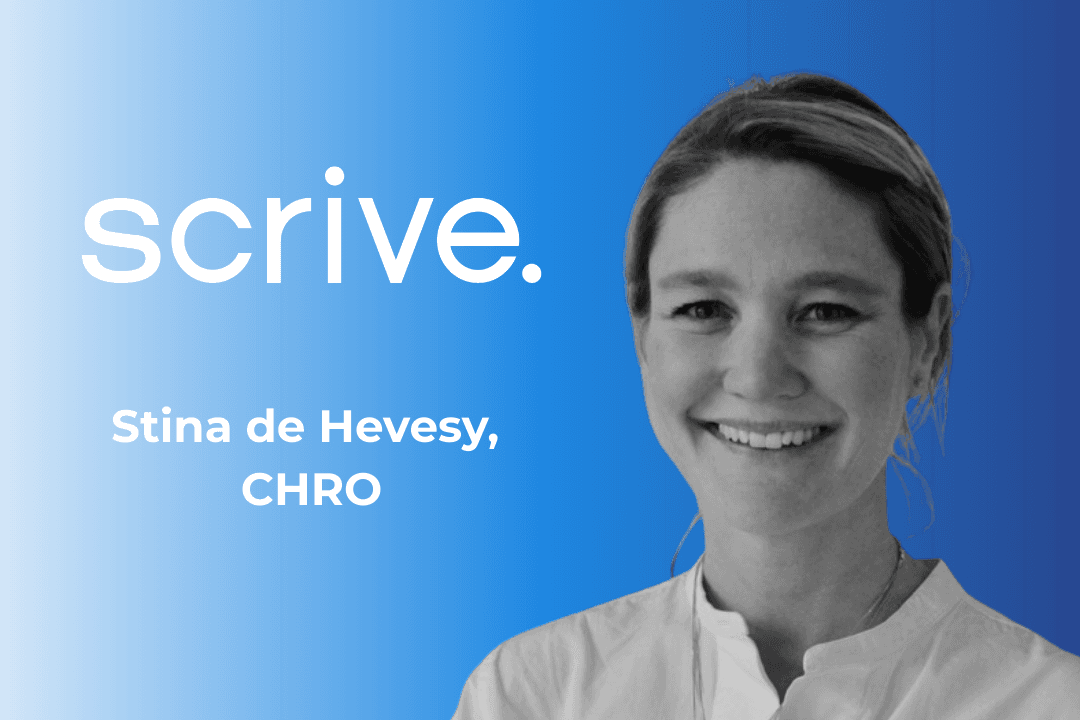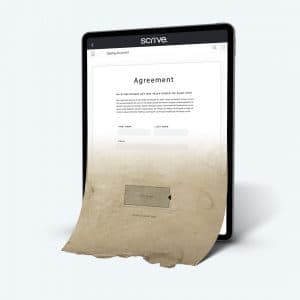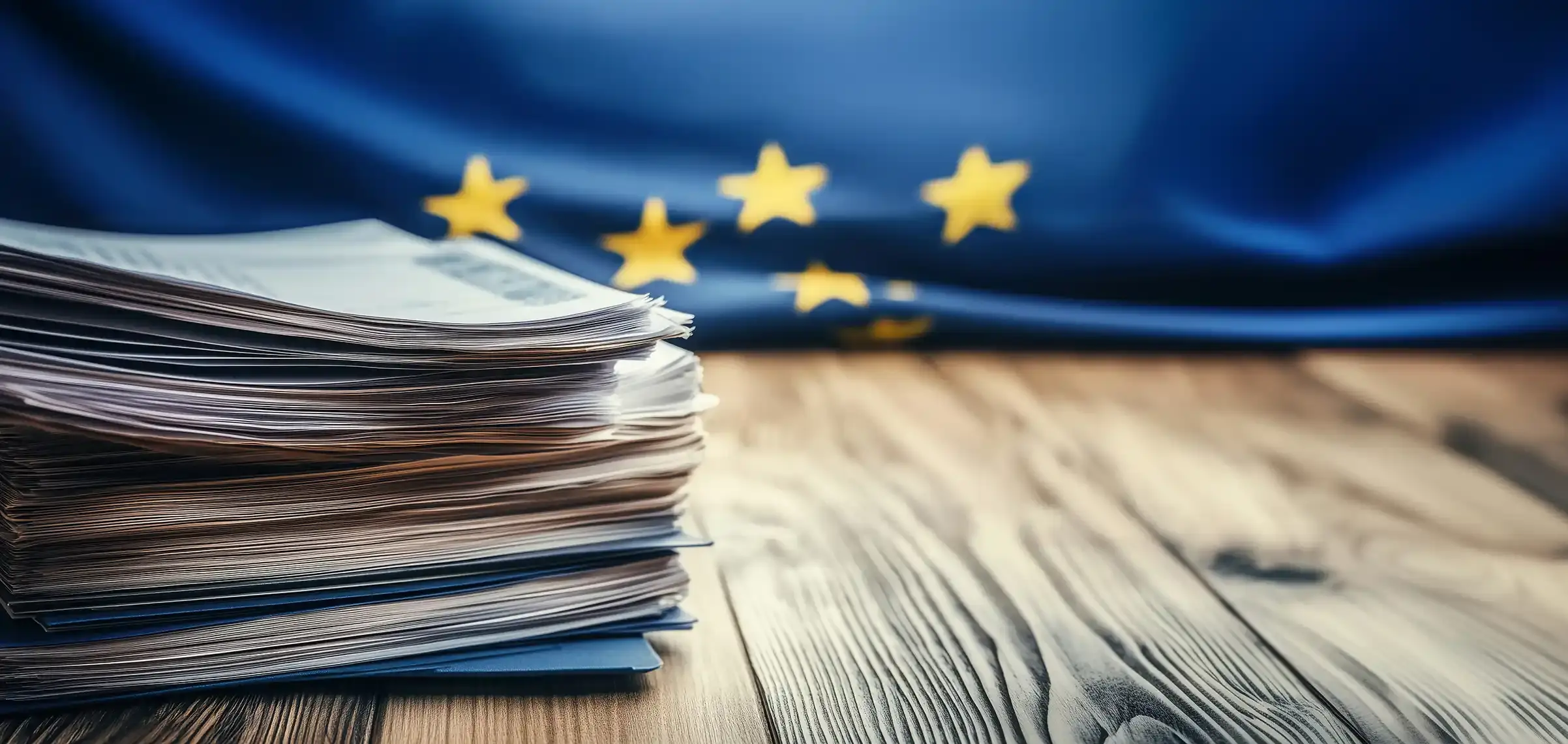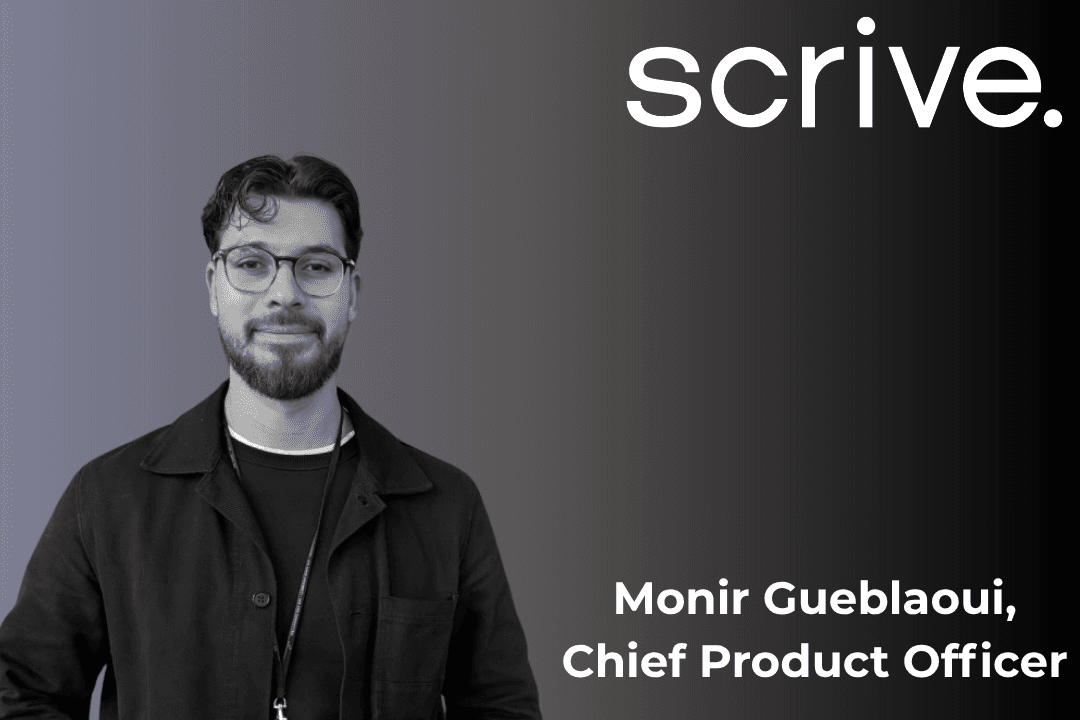
From paper to AI: why HR must lead the digital leap
AI is transforming business, and HR is at the center, but successful adoption requires strong digital foundations before experimentation.
Read article
Why was sheepskin parchment the media of choice for drafting legal deeds from the thirteenth century all the way up to the twentieth? For the very same reason Scrive uses blockchain technology today. Same goal, different technology.
The common principle here is what we call “document integrity”: after a document is signed, how can you detect if it has been changed in some way? The law on this area is technology neutral, so you can be as creative as you want to be.
Sheepskin parchment, for example, is a perfectly viable option. Indeed, according to a study published in Science Heritage, sheepskin was the hands-down choice over goatskin and calfskin vellum, most likely due to fat content. Sheepskin has an inherently high lipid content, accounting for as much as 30–50% of the dermis dry weight, compared to 2–3% in cattle and 3–10% in goatskin.
And why does higher fat content matter? It means the surface has a higher propensity to delaminate and deform when scraped, highlighting any attempts to modify the text after signing.
Even if you live in a region where sheep are abundant, today there are easier, faster alternatives for drafting and signing documents: agreements in digital format that you can sign electronically using an e-signing service.
But what about the integrity aspect of electronic documents? You may have heard of “applying an electronic seal” or a “digital signature” (not to be confused with an electronic signature). These terms mean the same thing, and they refer to the various digital methods available for protecting document integrity after signing electronically.
Among these, Scrive has chosen blockchain technology because it’s a time-proof method that doesn’t rely on certificates, which can expire, or keys, which can be broken with sufficient computational power.
Not only is this method time-proof, it allows the holder of the document to verify, through mathematical proof, that it has not been altered in any way since it was signed.
Furthermore, this verification can be performed independently of Scrive or any third party, at any point in the future. Scrive’s verification page and industry-leading evidence package (a detailed event log) are attached to each signed document and provide the information needed to perform the verification.
Why use calfskin or goatskin when you can use sheepskin?

AI is transforming business, and HR is at the center, but successful adoption requires strong digital foundations before experimentation.
Read article
With EU standards for electronic signatures and digital identity, annual reporting is shifting from a fragmented process to a harmonised one.
Read article
Two key agencies in Sweden, Försäkringskassan (the Social Insurance Agency) and Skatteverket (the Tax Agency), have reached different conclusions.
Read article